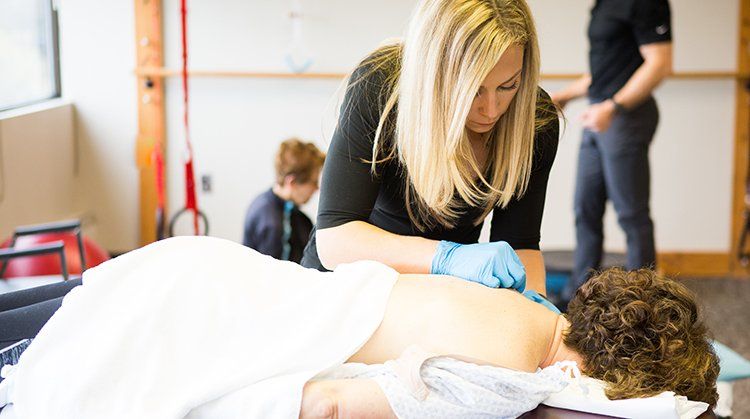
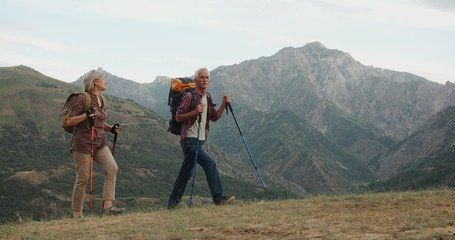


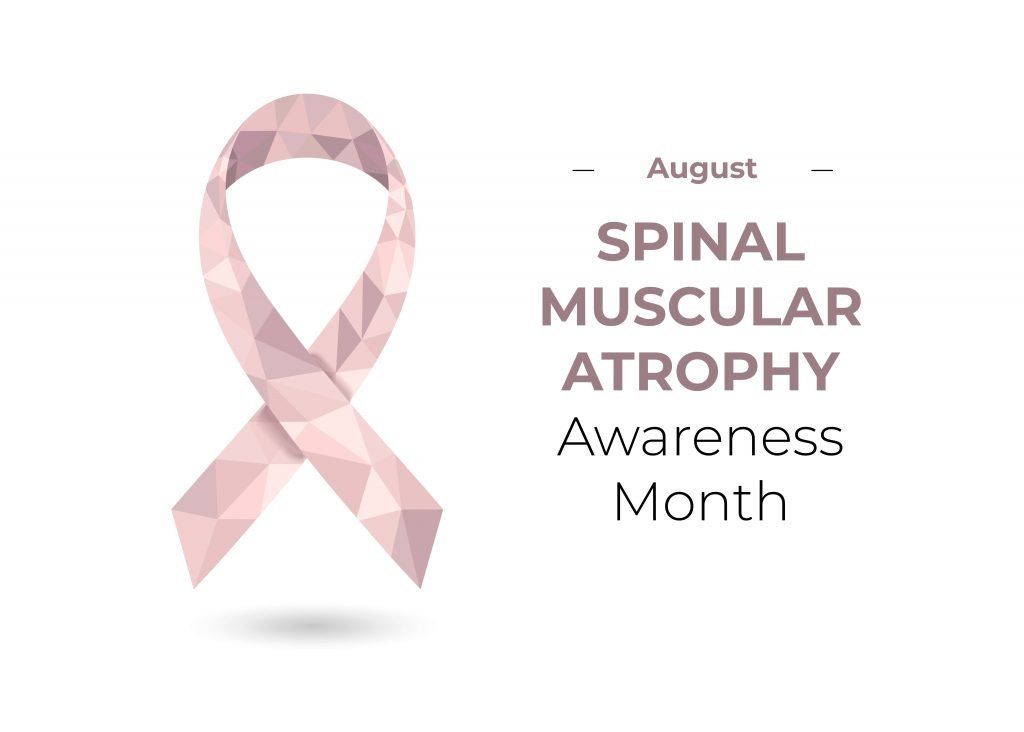
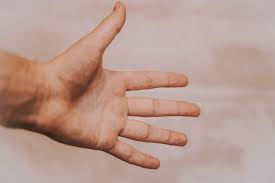

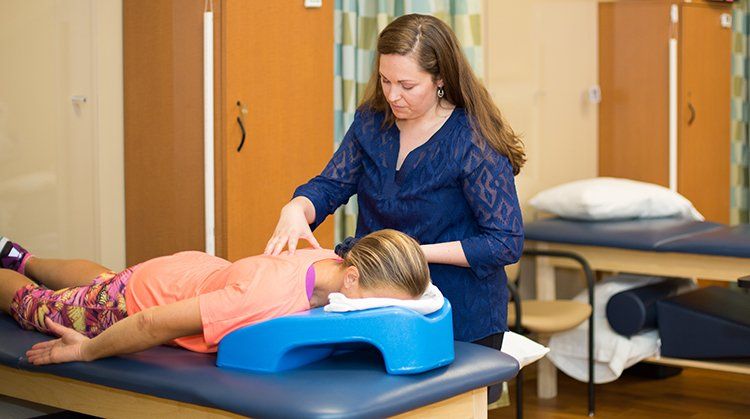
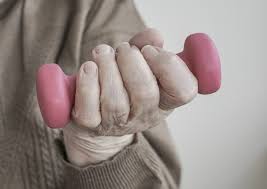
Stroke (when a blood vessel in the brain is blocked or ruptured) is the third leading cause of death in the United States, and is a leading cause of serious, long-term disability in adults. Stroke can happen to anyone at any time—regardless of race, sex, or even age—but more women than men have a stroke each year, and African Americans have almost twice the risk of first-ever stroke than Caucasians. Approximately two-thirds of those who experience a stroke are over 65 years of age. Almost 800,000 people in the United States have a stroke each year. Physical therapists provide treatments for people who have experienced stroke to restore their movement and walking ability, decrease their disability, and improve their quality of life.
If you have 1 or more of the following symptoms, immediately call 911 or emergency medical services (EMS) so that an ambulance can be sent for you:
If You Think Someone Might Be Having a Stroke
Act F.A.S.T. ! Emergency treatment with a clot-buster drug called t-PA can help reduce or even eliminate problems from stroke, but it must be given within 3 hours of when symptoms start. Recognizing the symptoms can be easy by remembering to think F.A.S.T.
F
=Face. Ask the person to smile
. Does one side of the face droop?
A
=Arms. Ask the person to raise both arms
. Does one arm drift downward?
S
=Speech. Ask the person to repeat a simple phrase
. Does the speech sound slurred or strange?
T
=Time. If you observe any of these signs, call 911 and note the time that you think the stroke began
.
Research shows that people with stroke who arrive at the hospital by ambulance receive quicker treatment than those who arrive by their own means.
What Is Stroke?
Stroke is a term used when a blood vessel in the brain is blocked (65% of all strokes) or ruptures. It is also called a cerebral vascular accident (CVA). If the blood flow is stopped or altered, a part of the brain does not receive enough oxygen. Millions of brain cells die every minute during a stroke, increasing the risk of permanent brain damage, disability, or death.
Ischemic Stroke |
Hemorrhagic stroke |
Signs and Symptoms
If you are having a stroke, you might:
Some people experience a transient ischemic attack (TIA), a "mini-stroke" that produces stroke-like symptoms, but no permanent damage because the blood flow is altered for only a short period of time. Recognizing and seeking treatment for TIAs can reduce your risk of a major stroke.
Stroke can cause a range of long-term problems, such as:
How Is It Diagnosed?
Physicians or emergency medical personnel will assess a stroke based on the signs and symptoms. Stroke is often confirmed by examining the patient, using clinical tests and taking images of the brain, usually with a CT scan or MRI. Since research has proven that early treatment can reduce the effects of stroke and save lives, efforts are being made to get persons suspected of having a stroke to a hospital stroke unit, rather than the emergency department. Physicians may use a classification system, called TOAST, to determine the type of stroke, so that treatment can begin quickly.
How Can a Physical Therapist Help?
Physical therapists are part of the stroke rehabilitation team. Rehabilitation begins very soon after a stroke; your physical therapist’s main goal is to help you return to your activities at home, at work, and in your community.
After examining you and evaluating your condition, your physical therapist will develop an individualized plan to help you achieve the best possible quality of life. The plan will focus on your ability to move, any pain you might have, and ways to prevent problems that may occur after a stroke.
One of the first things your physical therapist will teach you is how to move safely from your bed to a chair, and to perform exercises in bed. As you become more mobile, your physical therapist will teach you strengthening exercises and functional activities.
Later, your physical therapist will:
Treatment for stroke varies. Your specific treatment will depend on the results of your physical therapist's evaluation, and on how long it's been since you had your stroke. Recovery from a stroke depends on the size and location of the stroke, how quickly you received care, and your other health conditions. Your physical therapist will help you regain functional skills to allow you to participate in your specific life activities.
Relearning How to Use Your Upper Body, How to Walk, and How to Perform Daily Activities
Your physical therapist will design an exercise and strengthening program based on tasks that you need to do every day, selecting from a variety of treatments. Physical therapist researchers are at the forefront of innovating many of these techniques:
Your needs will change over time, and your physical therapist may consider using aquatic therapy, robotics, or support devices to assist in your recovery. Even after rehabilitation is completed in a facility, your physical therapist will continue to see you as needed to assess your progress, update your exercise program, help you prevent further problems, and promote the healthiest possible lifestyle.
Can this Injury or Condition be Prevented?
The American Stroke Association has estimated that 80% of strokes can be prevented. Some risk factors for stroke can't be changed—such as family history, age, gender, race (stroke death rates are higher for African Americans, even at younger ages), and previous heart attack or stroke. Many causes of stroke can be reduced by lifestyle changes:








